Cease and Desist Collection Letter Template Guide
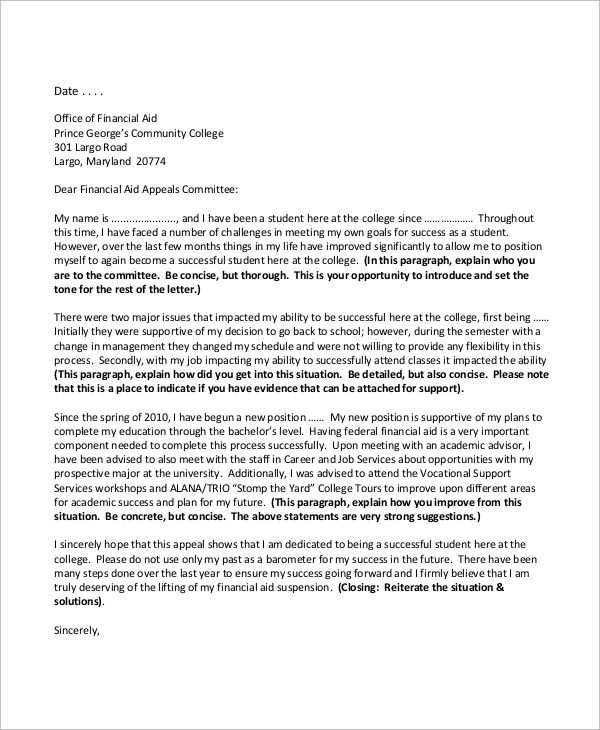
When faced with persistent or aggressive requests for payment, it’s essential to know how to respond effectively. Taking the right steps can help prevent further harassment and ensure that your rights are respected. One method to achieve this is by sending a formal notice that instructs the requesting party to cease all contact. This document serves as a legal tool to assert control over the situation.
Crafting an appropriate response can be a delicate task, but it’s crucial to include specific details that make it clear that the demands are unwarranted. The goal is to create a clear, professional message that ensures you aren’t subjected to continued pressure. By using a carefully worded communication, you can protect yourself from further unwanted actions and assert your position without resorting to escalation.
Knowing what to include in such a notice can make a significant difference. It’s important to stay calm and professional, avoiding emotional language that could weaken your stance. A well-constructed message highlights your legal rights while keeping the tone respectful and direct. The following sections will explore the necessary components of such a document and how to tailor it to your situation.
Understanding Cease and Desist Notices
When faced with persistent demands or unwanted behavior, it is important to have a clear means of formally stopping further actions. A formal notice serves as a way to instruct the involved party to halt any further attempts at communication or harassment. This method is not only a practical response but also a legally recognized way of asserting one’s rights in difficult situations.
Purpose of the Formal Notice
The primary goal of this notice is to establish boundaries and prevent further unsolicited attempts. It is a clear indication that the recipient’s actions are no longer welcome and should cease immediately. This type of communication can be used in various contexts, from stopping aggressive debt requests to halting unwanted solicitations or threats.
Legal Standing of the Document
Legally, such a communication holds weight when drafted correctly. It acts as a formal request, supported by law, to stop certain actions. Failure to adhere to the terms outlined in this notice can result in further legal action, making it a crucial step in defending your rights. By sending this kind of notice, individuals are taking the first step to protect themselves from continued infringement or harassment.
Ensuring Effectiveness in this process relies on clear and direct language, making the demands unmistakably known. It’s important to include essential details such as dates and the specific actions being halted to avoid any misunderstanding. A well-crafted notice is a powerful tool to regain control over a difficult situation.
Reasons for Using a Notice
There are several compelling reasons why sending a formal notice is often the most effective way to stop unwanted actions or communications. This written request serves as an official means to notify the other party that their actions are unacceptable and must cease. By taking this step, individuals can assert control over their situation and prevent further complications.
Key Benefits of a Formal Request
- Legal Protection: A properly crafted notice can provide legal protection if the situation escalates. It serves as documented proof of the attempt to resolve the issue without involving courts.
- Clear Communication: It ensures that the message is clear and unambiguous, leaving no room for misunderstandings or disputes about the request.
- Professional Approach: A formal notice demonstrates a calm and professional response, showing that you are serious about protecting your rights without resorting to emotional reactions.
When Is It Necessary to Use a Formal Notice?
While the need for a formal notice may vary depending on the situation, it is typically used when informal communication has failed or when immediate action is required to prevent further unwanted attempts. Here are some common scenarios:
- Repeated Unwanted Communication: When unsolicited messages or demands continue despite previous requests to stop.
- Harassment or Threats: When actions cross the line into harassment or threats, a formal notice can help assert your boundaries.
- Debt Disputes: In some cases, when dealing with disputed financial matters, this type of notice can help stop further attempts to collect under questionable terms.
Essential Components of a Notice
For a formal notice to be effective, it must contain specific details that make it clear and enforceable. Each section of the communication plays a critical role in ensuring that the recipient understands the request and its consequences. Without these key elements, the document may lack the necessary authority and clarity to achieve the desired result.
Key Elements to Include
- Recipient’s Information: Clearly state the name and contact details of the person or entity receiving the notice. This ensures there is no ambiguity about who is being addressed.
- Your Information: Include your full name, address, and contact details to establish your identity and authority in the matter.
- Clear Statement of Action: Specify exactly what actions you are requesting to be stopped. Be as precise as possible to avoid any misunderstandings.
- Reason for the Notice: Provide a brief explanation of why the actions are unacceptable or why they need to stop. This helps the recipient understand the basis of your request.
- Deadline for Compliance: Clearly outline the time frame within which the recipient must cease their actions. A clear deadline adds urgency and clarity.
- Consequences of Non-Compliance: State the potential actions you will take if the request is ignored. This could include legal action or other steps to enforce your rights.
Why These Components Matter
Including these elements ensures that the notice is comprehensive and difficult to ignore. Each component is designed to communicate your position effectively and provide the recipient with clear instructions on what is expected. A well-structured message increases the likelihood of resolving the issue without further escalation.
How to Personalize Your Document
Customizing your formal communication is essential to ensure it is relevant and effective for your specific situation. Personalization allows you to address the unique details of the issue, making it clear and tailored to the recipient. By adapting the message, you can increase its impact and demonstrate that the request is serious and well-considered.
Steps to Tailor Your Message
- Include Specific Details: Mention key facts such as dates, amounts, or specific actions that need to be addressed. This makes the document more precise and directly related to the issue at hand.
- Adjust the Tone: Depending on the severity of the situation, adjust the tone of the message. For more formal issues, a professional tone is appropriate, while less formal situations may allow for a more conversational approach.
- State Clear Expectations: Ensure that the recipient knows exactly what steps they need to take. This includes a specific deadline and a clear request to stop the action or behavior in question.
Why Personalization Matters
Personalizing your communication increases its effectiveness by making it relevant to the particular situation. A generic message may lack the seriousness and specificity needed to prompt action. By including the necessary details, you show that you are taking the matter seriously and expect prompt compliance.
Legal Aspects of Sending the Notice
Before sending any formal communication, it’s essential to understand the legal implications involved. This ensures that your actions are legitimate and that the recipient understands the seriousness of your request. Proper legal procedures help to avoid potential complications and strengthen your position in case further actions are necessary.
Important Legal Considerations
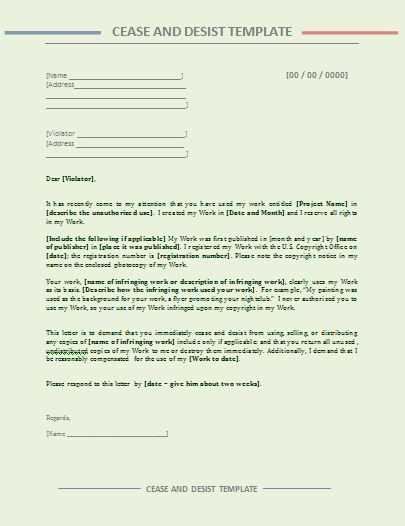
| Aspect | Details |
|---|---|
| Legal Grounds | Make sure your request is based on valid legal reasons, such as a violation of rights, harassment, or breach of contract. |
| Recipient’s Rights | The recipient has the right to respond to your request, and it must be clear that you are following the legal process. |
| Jurisdiction | Ensure the notice complies with the laws of the relevant jurisdiction where the dispute is occurring. |
| Proof of Delivery | For legal validity, always use a method that allows you to confirm the recipient has received the communication, such as certified mail. |
Why Legal Knowledge is Critical
Understanding the legal framework ensures that your actions are enforceable. Incorrectly handling the process may result in your request being dismissed or even legal penalties for yourself. By following the legal steps, you increase your chances of resolving the issue without further complications.
Common Errors to Avoid
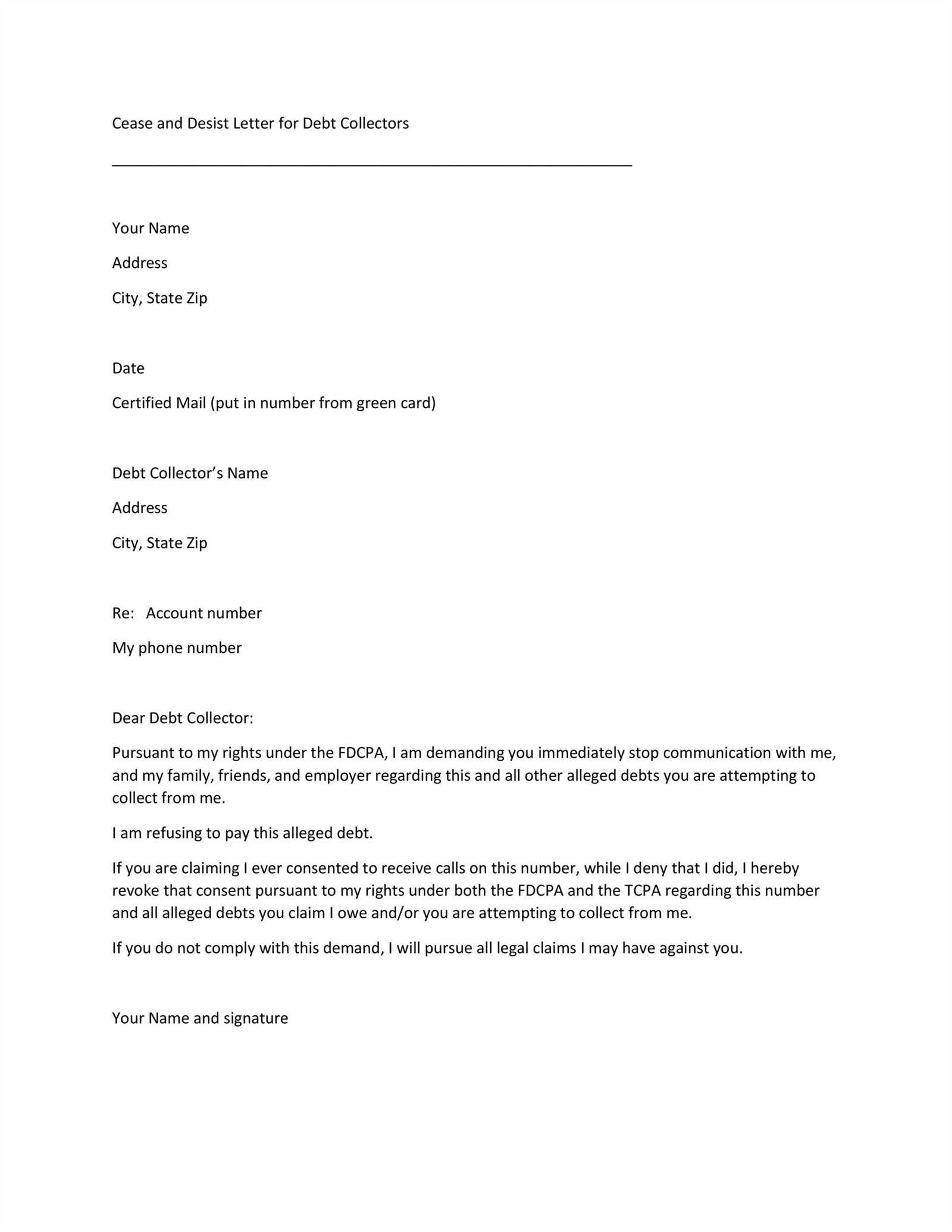
When sending a formal communication, it is crucial to avoid certain mistakes that can undermine the effectiveness of your message. Even small errors can make the recipient disregard the request or complicate the situation further. Being aware of these pitfalls can help you ensure that your communication is clear, professional, and legally sound.
Key Mistakes to Watch For
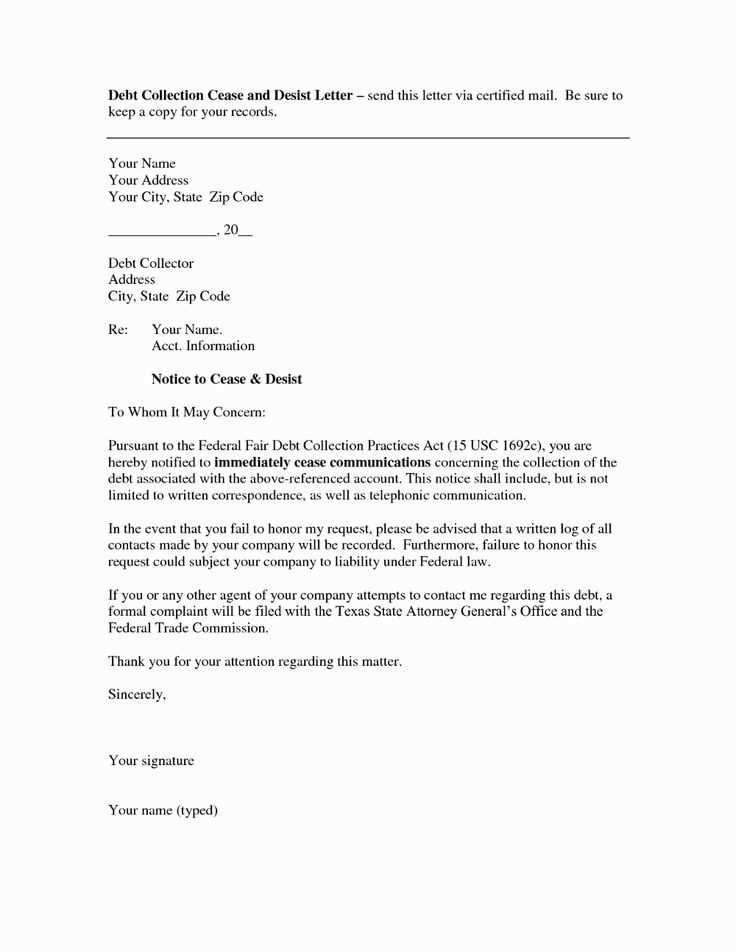
- Vague Language: Avoid using ambiguous terms that do not clearly convey your expectations. Be direct and specific about the issue and what action is required from the recipient.
- Missing Details: Omitting essential information, such as dates, amounts, or specific actions, can weaken the message. Always include relevant facts that support your request.
- Inconsistent Tone: The tone of the message should be consistent. A mix of aggressive and passive language can confuse the recipient and diminish the seriousness of the communication.
How to Ensure Accuracy
To avoid mistakes, always review your communication before sending it. Make sure all facts are correct and that the message is clear. Additionally, having someone else proofread the document can help identify errors that you may have missed. A professional and well-drafted document is far more likely to get the desired result.
Next Steps After Sending the Notice
Once you have sent a formal communication to address the issue, it’s important to know how to proceed. Your actions after sending the notice can influence the resolution process. Whether the recipient responds or not, being prepared for the next steps ensures that you stay on track towards resolving the matter efficiently.
What to Expect
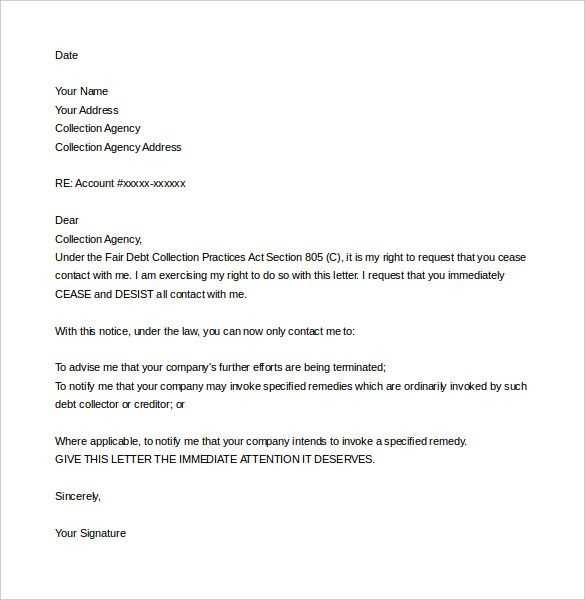
- Wait for Response: Allow the recipient adequate time to respond. They may acknowledge the issue, dispute the claim, or take the necessary corrective action.
- Monitor the Situation: Keep track of any further correspondence. Document all communication to avoid confusion in case the issue escalates.
- Assess the Response: If the recipient complies, ensure that the issue is fully resolved. If they dispute the matter, consider negotiating a resolution or seeking legal assistance.
Possible Outcomes
If the recipient does not respond or ignores the notice, you may need to consider further action, such as pursuing legal channels or seeking professional help. Knowing your options helps you to decide the most appropriate way to move forward.